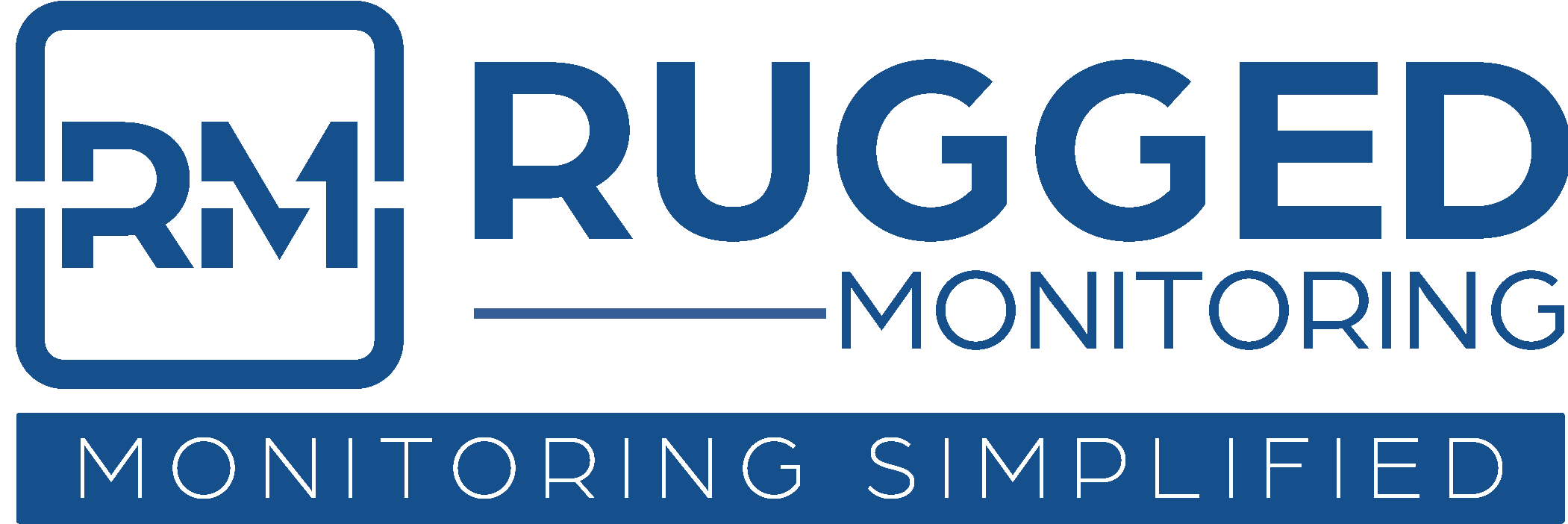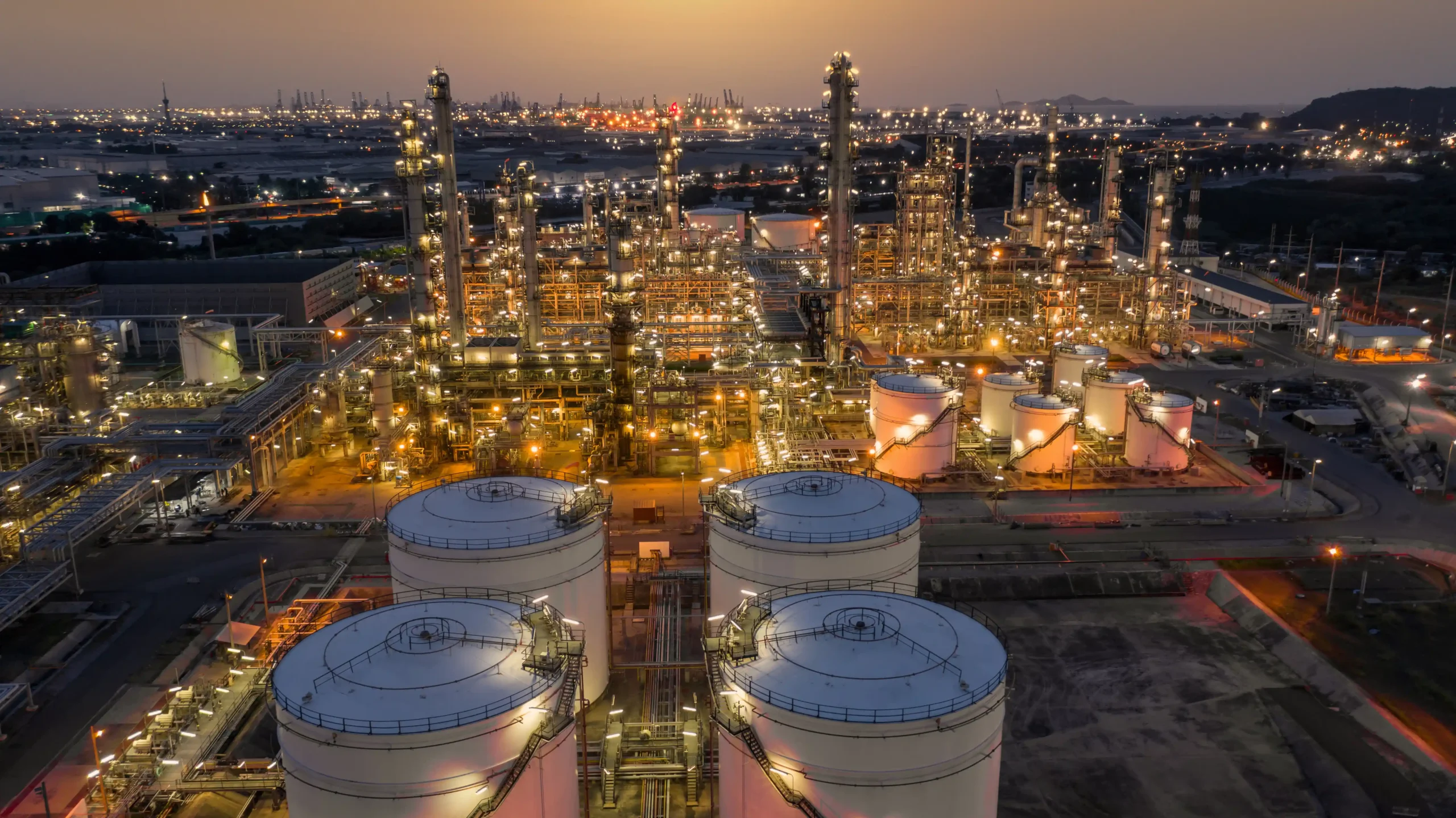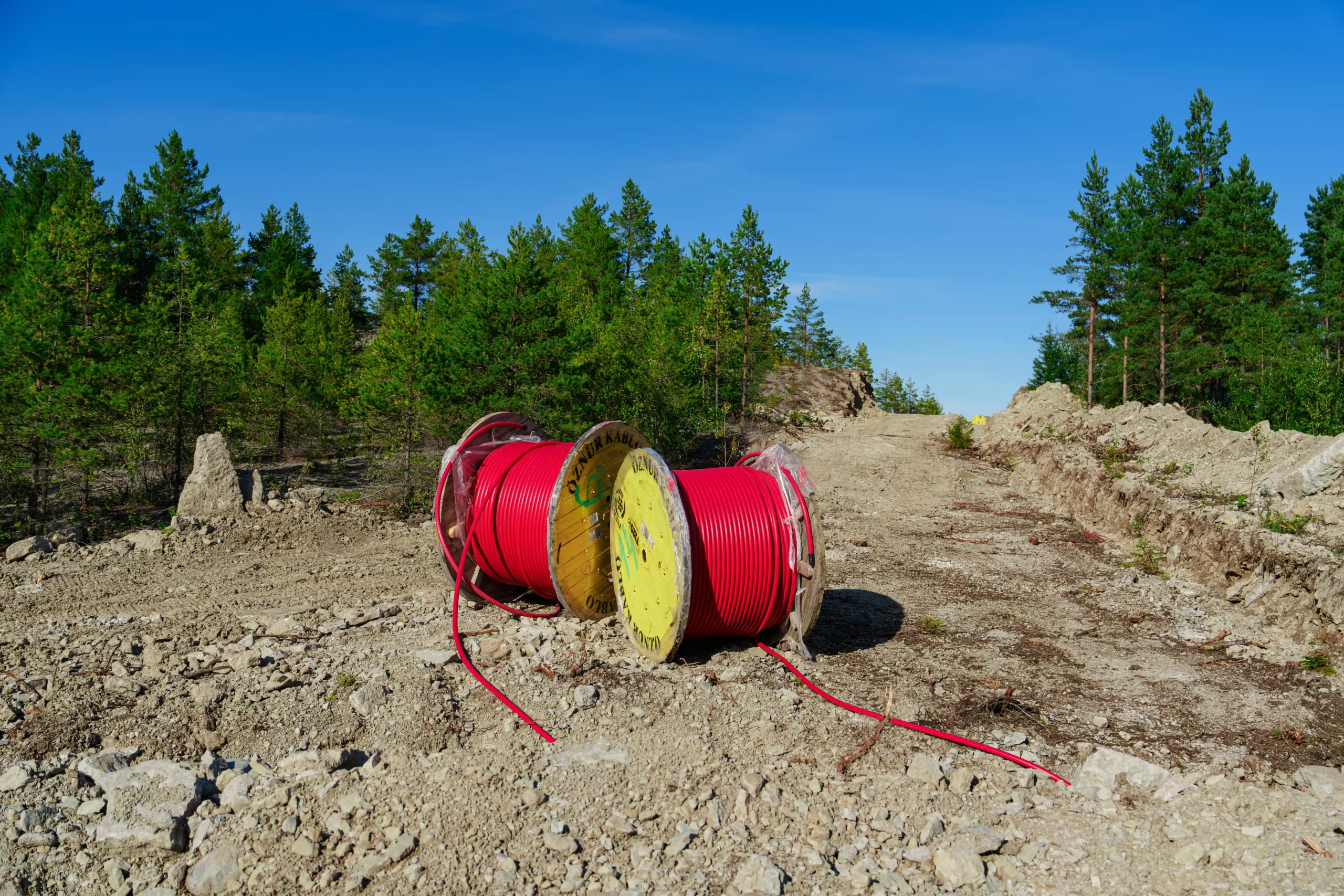In recent years, advanced technologies such as APM in the oil and gas industry have seen a surge in investments to meet the increasing demand for electricity. The oil and gas sector are the predominant consumer of electrical energy among all power-intensive industries globally. This industry’s dependence on electrical assets extends beyond just their availability and operational efficiency. They are also integral to the industry’s profitability, productivity, and product quality.
Amidst escalating global demand for oil and gas derivatives, many companies are transitioning from traditional asset monitoring approaches. This, coupled with the dual pressures of increasing climate change concerns aligned with Environmental, Social, and Governance (ESG) objectives, as well as evolving economic landscapes, is driving the industry to adopt advanced technologies such as APM in the oil and gas industry.
In this blog, we will explore the stressors on electrical assets, the limitations of traditional monitoring techniques, and emphasize the need for APM in the oil and gas industry.
The Importance of Oil and Gas Asset Management
The electrical infrastructure within the oil and gas industry is responsible for powering its entire operations. Often situated in remote locations where traditional power transmission and distribution systems are not feasible, companies are compelled to invest in autonomous power grids strategically positioned near their facilities.

These power grids include critical electrical assets such as power transformers, switchgears, circuit breakers, power cables, and rotating machines. All essential for supporting the exploration and production activities within the oil and gas industry.
These activities include:
- Continuous Power Supply: Oil and gas operations, including upstream, midstream, and downstream, require an uninterrupted power supply. Electrical grids explicitly designed for these operations meet the industry’s daily energy demands, which can exceed hundreds of megawatts.
- Safety of Operations: Substations for the oil and gas industry are built to be fail-safe and explosion-proof. This ensures the continuous, safe transmission and distribution of overloads across vast operations.
- Remote Support: Localized power grids are self-sufficient and resilient electrical infrastructure offering support across remote, offshore, and desert locations.
- Energy Efficient Operations: Integrated power distribution systems like hybrid grids optimize energy demands and improve efficiency, aligning operational strategies with ESG goals.
The continuous demand for high performance, combined with the challenging conditions of remote environments, leads to the deterioration of the health and age of electrical assets. Over time, faults accumulate, leading to catastrophic events that result in minimized downtime, reduced operational efficiency, and increased maintenance costs.
While oil and gas asset management through traditional strategies identifies these faults to some extent, they often lack the technological resources to prevent them proactively. However, with advanced solutions like APM in the oil and gas industry, predictive maintenance is now a viable option.
Limitations of Traditional Oil and Gas Asset Management
Traditional monitoring strategies often overlook various dynamic factors within the oil and gas industry, including climate change, economic considerations, and regulatory conditions. Their primary focus is solely on time-based maintenance, rather than the real-time complexity of oil and gas asset management or its geographical scope.
Additionally, failures that accumulate between these schedules further increase the complexity of maintenance, safety issues, and reduced production.
- Lack of real-time asset visibility limits optimization of electrical asset performance and health.
- Insufficient real-time data on critical asset parameters decreases the efficiency and reliability of assets.
- Difficulty in mitigating potential failures before they occur can cause safety hazards, security breaches, and increased O&M costs.
These challenges in traditional oil and gas asset management can be mitigated through predictive monitoring solutions such as an asset performance management (APM) system.
What is APM in the Oil and Gas Industry?
APM system is a well-defined framework of technologies that include condition-based monitoring, Industrial Internet of Things (IIoT) sensor data, machine learning algorithms, digital twin technology, and AI-driven analytics. It aids in the effective proactive maintenance of electrical assets, aligning reliability, availability, and management strategies.
APM in the oil and gas industry analyzes real-time IIoT sensor data using advanced algorithms such as risk-based assessments to predict asset failures before they occur. It further provides data-driven analysis for various O&M operations, including maintenance planners, replacement planners, automated alerts, and intuitive dashboards. It also analyzes historical data to provide a more efficient and reliable way to monitor electrical assets.
The system considers the real-time risks and conditions of electrical assets across an ecosystem, providing a one-stop solution for all oil and gas asset management needs. By reducing the need for calendar-based maintenance, APM systems facilitate the digital transformation of the electrical grid from a reactive to a proactive approach.
Furthermore, APM in the oil and gas industry enables businesses to prioritize assets that are at a higher risk of failure. Thereby, minimizing downtime, lowering maintenance costs, and optimizing operations.
The need for APM in the oil and gas industry
The oil and gas industry involves a large fleet of electrical assets that entails an even larger operational ecosystem. Condition-based monitoring alone would not suffice to provide a reliable asset management solution. Thus, most businesses are investing in APM systems that would reduce the need for continuous manual interventions and rely on accurate data-driven analysis. APM in the oil and gas industry predicts, prevents, and analyzes electrical asset operations, providing a centralized view at an enterprise level.
The comprehensive system also enables cloud-based monitoring to ensure that electrical assets in remote locations, such as offshore and desert areas of the oil and gas industry, are continuously monitored.
Additionally, APM in the oil and gas industry provides a robust cybersecurity framework that ensures protection for data storage and transfer, electrical assets, and other system infrastructure.
By providing real-time data-driven analytics for KPI management, condition-based monitoring, and anomaly detection, APM systems enhance the visibility and availability of critical electrical assets.
Advanced APM systems also utilize Industry 4.0 technologies such as digital twins to simulate real-world scenarios before strategy deployment. This enables real-time diagnostics, failure forecasting, and predictive accuracy for improving operational efficiency.
Benefits of APM in the oil and gas industry
Asset performance management system, like Rugged Monitoring’s RM EYE, in the oil and gas industry, provides enterprise-level visibility of electrical infrastructure. While considering various dynamic factors, such as environment, economy, and industry standards, APM in the oil and gas industry ensures continuous and reliable access to electrical assets. This thereby strengthens the industry’s O&M processes.
APM benefits include:
- Data-Driven Decisions: AI-powered APM systems can detect inefficiencies, improve asset utilization, and provide real-time operation intelligence to manage electrical assets.
- Identify issues in real-time: With remote monitoring and automated alerts, APM systems enhance failure predictions in real-time. This reduces the electrical asset downtime in oil and gas industry.
- Aligning goals with O&M practices: Utilizing intuitive dashboards, maintenance planners, and customizable schedules, oil and gas businesses can align their O&M practices to achieve ESG goals.
- Real-time response to complex demands: By tracking asset health and performance in real-time, oil and gas businesses can manage overloads, mitigate risks, and prevent on-set asset failures and aging.
With the growing demand for oil and gas byproducts, the business imperative to invest in APM in the oil and gas industry is now more than ever. And with continuous innovations in asset management systems, it is a strategic enabler for operational reliability and excellence.
In the next blog, we will explore 5 such innovations in APM that are improving electrical asset condition monitoring in the oil and gas industry.





